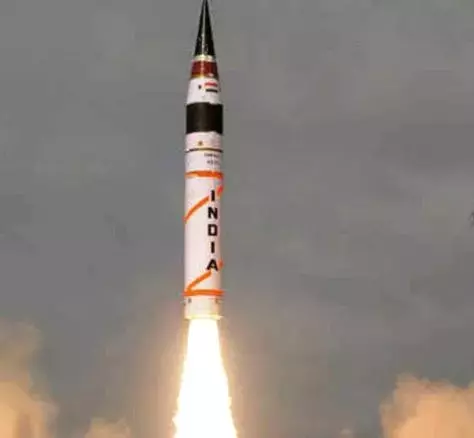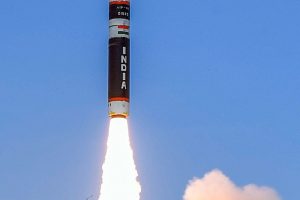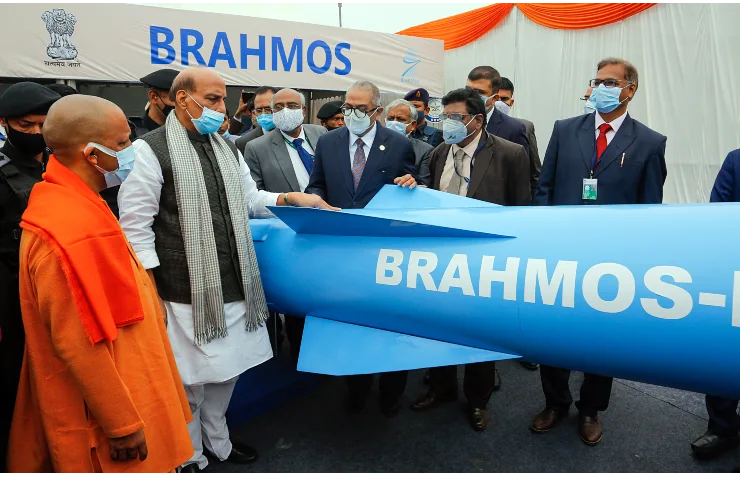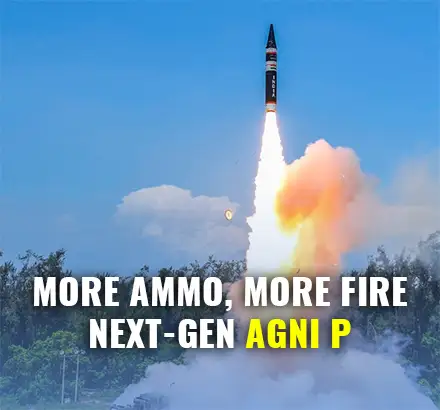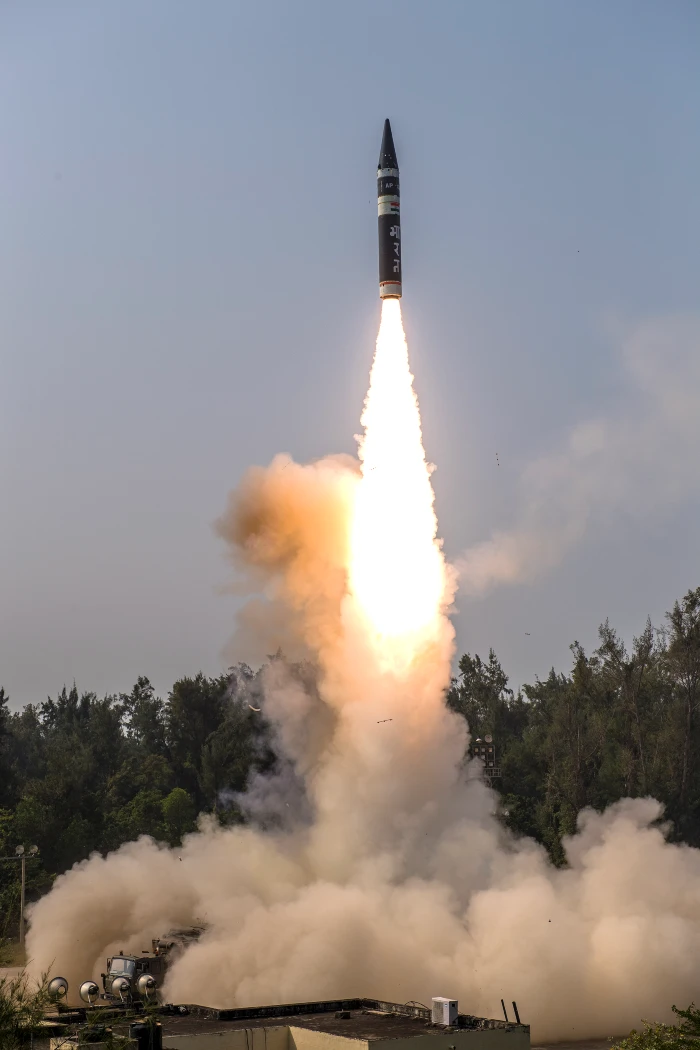India on Thursday successfully test-fired the Agni-V missile from APJ Abdul Kalam test range in Orissa.
Why is the test important?
There are three reasons why the test is exceptionally important. First, it significantly elevates the punch of India’s nuclear deterrent. After the launch Agni V is closer to qualifying as India’s reliable workhorse missile that can deliver atomic warheads. The missile’s reliability is enhanced because the weapon uses solid fuel. Solid fuel is more user friendly. It can be quickly packed into the missile, and therefore reduces the time taken prior to launch. This is important. On the contrary, liquid fuelled missiles take longer to prepare ahead of launch. Consequently, they are more vulnerable to an enemy strike and destruction on the ground in the pre-launch phase. After Wednesday’s launch, Agni-V is emerging as India’s first Intercontinental Ballistic Missile (ICBM).
Second, the test carries a critically important message for China. With a range of 5,000 kilometres, the weapon can strike all parts of the mainland, including its industrial heartland located on its eastern coastline, covering critically important cities including Shanghai and the Guangzhou in its footprint. At present, apart from Agni-5, other Agni series missiles in India’s arsenal are: Agni-1 with a 700-km range, Agni-2 with a 2,000-km reach, Agni-3 and Agni-4 with 2,500 km to more than 3,500 km range.
Third, the launch is set to yield a fully operational nuclear capable missile that can apex the development of India’s land based nuclear deterrent. India therefore can now focus more intensely at developing a sea and air-based deterrent to complete the nuclear delivery triad.
What could be the next steps in making the Agni-V a more potent weapon?
First, once Agni-V can master mounting a MIRV atomic warhead, which is in the pipeline it would further enhance the missile’s deterrence. MIRV or Multiple Independent Re-entry Vehicle, is any of several nuclear warheads carried on the front end of a ballistic missile. Each MIRV allows separate and independent movement of nuclear warheads from a single base.
Second, if the Agni-V can be launched from a land-based vehicle or is made rail-mobile, it would make the weapon more survivable.
Do the Agni series of missiles also contribute to India’s sea-based capacity?
The short answer is yes. In June, India demonstrated its intent to build aircraft “carrier killer” missiles by test firing the Agni P missile. Potentially, the missile would be able to target Chinese aircraft carriers, and blunt their cutting edge in the future. From and Indian perspective this is all the more necessary as Chinese state-run media in the past has argued that Beijing must have six aircraft carriers by 2035.
Once developed, the Agni-P Agni P spearheads India’s major naval revamp to deter China would serve as an equaliser to the China’s DF-21D missiles customised to attack aircraft carriers, up to an 1800 kilometres distance with conventional warheads. China has developed this weapon to undermine the US navy’s capacity to dominate the Indo-Pacific on account of its much larger fleet of aircraft carriers—floating airfields which can exercise “sea control”.






